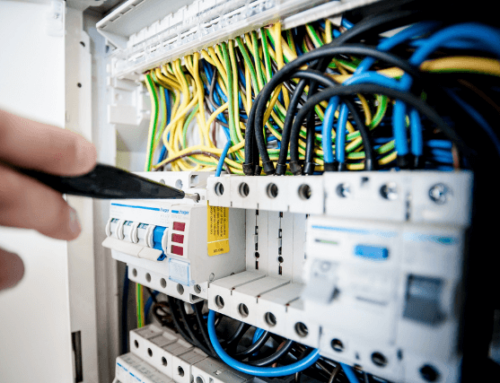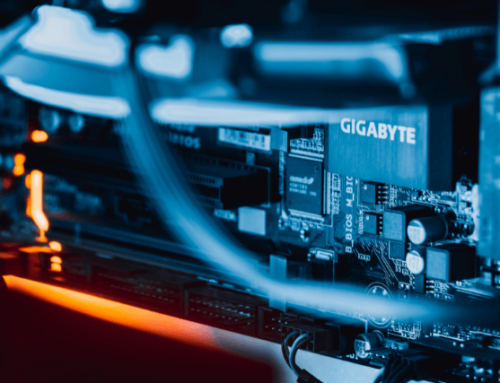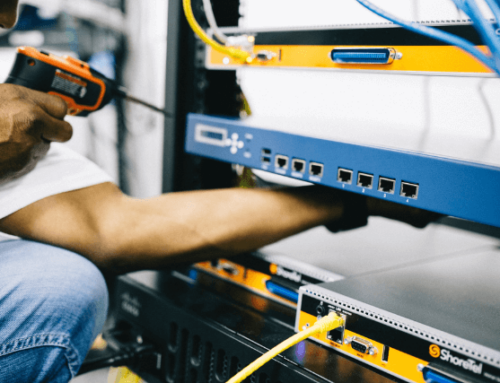Take 4 minutes to read this article
Despite the cost savings and extended support windows offered by third-party maintenance (TPM) vendors, you might prefer your original equipment manufacturer’s processes and support protocols. But why, exactly, is that? Before you grit your teeth and pay the OEM premium, you owe it to yourself to compare OEM support vs. TPM to determine which service delivery model meets your real needs.
Here are a couple questions that we recommend you ask any prospective maintenance provider.
1. When is EOL/EOSL on all my machines?
- OEM: Although the OEMs offer maintenance for the first several years of the hardware’s lifecycle, they will eventually pull support entirely once they announces final EOSL. Because the OEM will no longer be manufacturing, procuring, or refurbishing replacement parts, it is unable to sustain your legacy equipment (even if you are still heavily relying on your OEM on the production floor).
- TPM: Because some TPM vendors make a market on refurbished parts, they make it a point to keep their warehouses stocked with replacement and refurbished equipment. This allows the TPM vendor to support myriad lines of legacy hardware for as long as the client deems necessary.
2. When was the last published firmware/microcode release?
- OEM: New hardware often has scheduled and consistent software, firmware, and microcode updates. This is because new software will naturally have a few bugs that need worked out in the early months and years of its use, and many end users find comfort in the fact that the OEM’s developers are actively working on optimizing that line of hardware.
- TPM: By the time that EOL is announced (and usually for several years beforehand), software and firmware updates will have all but stopped coming in for that line of hardware. While some may think that this is a security hazard, it actually means quite the opposite. By this time, the hardware has been thoroughly vetted and patched—the lack of updates is, instead, indicative of the software’s security and reliability.
3. What has the increase been in current spend since the 4th year that we’ve owned that line of equipment?
- OEM: Upon initial purchase, OEMs will often provide complimentary maintenance for the first several years of the hardware’s lifecycle. After that window passes, however, the OEMs begin to charge you exponentially more for that maintenance, claiming that older hardware is more expensive for them to support.
- TPM: In contrast, TPM vendors provide the same level of service and the same quality (and quantity) of replacements parts at a reduced rate than that of the OEM. The TPM philosophy is that, because hardware prices trend downward over time, support costs do the same.
4. How do you define your 4-hour SLA?
- OEM: Traditional SLAs are 24x7x365 with a 4-hour response window. The OEM will receive your support ticket request and have a representative call you back within that four-hour window.
- TPM: At CentricsIT, we treat that 4-hour window quite differently. Rather than simply call you back in four hours, we will have a certified engineer (with part-in-hand) at your data center door within those four hours, after having already contacted your IT staff to troubleshoot the issue over the phone.
5. How do you conduct your reporting?
- OEM: Each month, your OEM will most likely provide you with a generic business and SLA review. What these often do not cover is failure ratios or inefficiencies in your equipment because the OEM is more focused on its cost savings than yours.
- TPM: At CentricsIT, we provide granular reports so that our clients can see what is working and what needs more attention. In fact, we’ve determined failure ratings on a particular machine, and we provided the metrics and performance data to determine the effectiveness of the equipment.
This allowed the company to find and remediate an issue that was causing a 400% greater failure rate than normal. This not only promotes transparency, it also gives us more opportunities to discover and treat issues on the data center floor.
Are You Happy with Your Provider’s Answers?
TPM vendors offer extended warranties and significant cost savings versus the OEM, but not all vendors are willing to be transparent about their processes.
At CentricsIT, however, we not only extend the lifecycle of your products and provide 40-70% cost-savings, we also invite you in to see how our service delivery matches our sales pitch. We have nothing to hide; and, unlike the OEM, we make sure that our clients save when we do.
To protect the lifespan of your equipment and the predictability of your maintenance costs, contact CentricsIT to replace the OEM premium with our cost-optimized TPM offerings.





